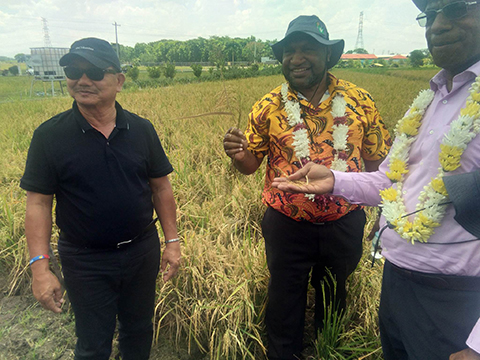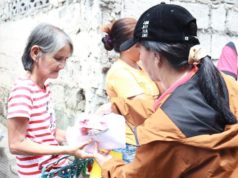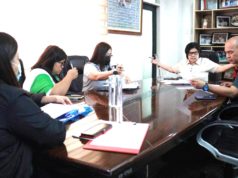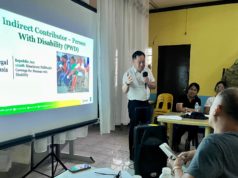SCIENCE CITY OF MUÑOZ – If there is one place on earth which has a huge tract of land waiting to be developed for rice production, that place is in Papua New Guinea (PNG).
Its potential area for development: seven million hectares, which is almost three times as big as that of the country’s.
“Yes, there’s really a vast area there awaiting development for rice production,” Agriculture Secretary Emmanuel Piñol confirmed.
He accompanied here Thursday PNG Agriculture Minister Benny Allan and Finance Minister James Marape on a tour of the demonstration farm and facilities of the Philippine Rice Research Institute (Phil- Rice) and the Philippine Carabao Center (PCC).
Also with them was Philippine Ambassador to PNG Bienvenido Tejano. PNG, a country which gained independence in 1975 from Australia, has a land area of 462,840 kilometers, bigger by more than 160,000 square kilometers than the Philippines, with a population of only eight million.
It is in the southwest of the Pacific Ocean and it is peopled by many tribes with more than 700 languages and dialects.
Its major crops are copra, coffee, tea and cocoa with subsistence farming on yams, taro, banana and sweet potatoes.
Piñol said that about 30,000 hectares of this vast area in PNG may be up for development soon.
He added that with the bilateral agreement between Pres. Duterte and PNG Prime Minister Peter O’Neill signed Wednesday, the country is ready to provided technical assistance for the development of the areas to be opened up for rice production.
He intimated that private investors are planning to invest soon in rice production in that country.
“We are estimating that from 50,000 to 60,000 agriculturists, farmers, operators (of farm machines) will be needed in that country,” Piñol said.
“But it will be through the private investors who may be invited to develop the areas needed to be developed soon for rice production,” he added.
The agriculture secretary said that the immediate concern is to satisfy fi rst the supply needed in that country.Then later on, he added, their excess production may be sold to the Philippines as added supply to the increasing number of Filipinos.
Piñol emphasized that the agreement with the PNG government for the technical expertise to be extended by the Philippine government is not just for a short-sighted solution for the recurring rice shortage in the country.
He said it is for the future generation. He said that the soil in PNG is very fertile. Results of the initial production ventures of the planting of the hybrid rice of SL Agritech Corp. yielded 8.5 metric tons of palay without fertilization.
Another area for cooperation that was brought out is on helping PNG in developing its 500,000 wild buff aloes for economic use. He was told, he said, that these buff aloes originally came from the Philippines and grew in number.
“The Philippine Carabao Center can start looking on the possibility of helping them relative to this,” Piñol said addressing the head of the PCC Dr. Arnel del Barrio.
On the other hand, Dr. Sailila Abdula, executive director of Phil- Rice, said a team of agriculture experts, along with selected farmers, are set to go to PNG to develop a ten-hectare rice production farm.
“It will be in time for the holding of the APEC meeting there sometime this September,” he said.
Prime Minister O’Neill is this year’s chair of APEC (Asia-Pacific Economic Cooperation).





